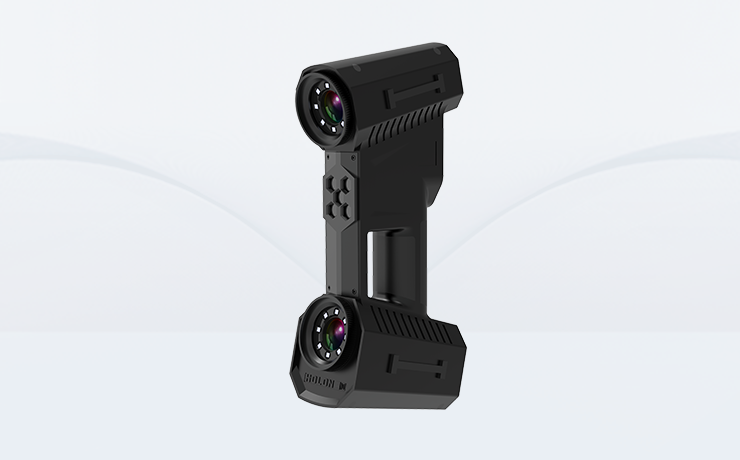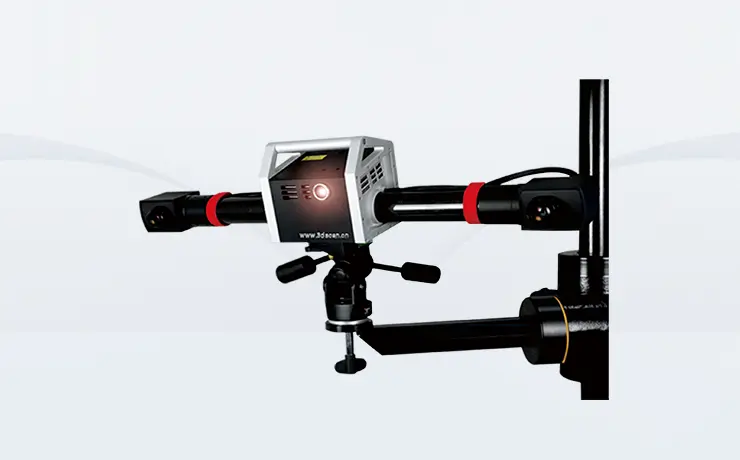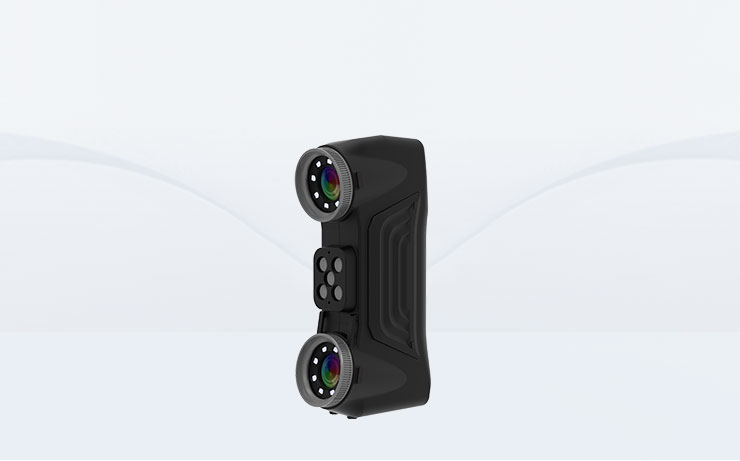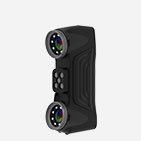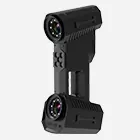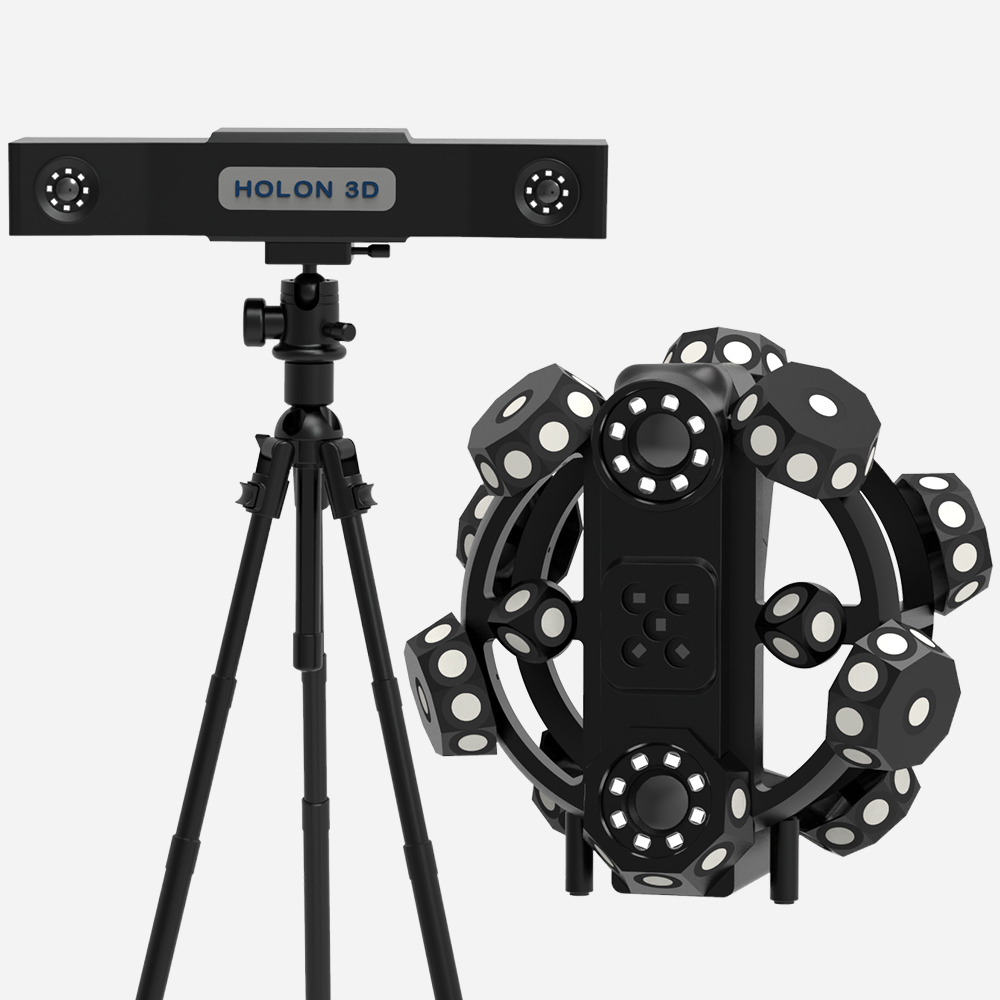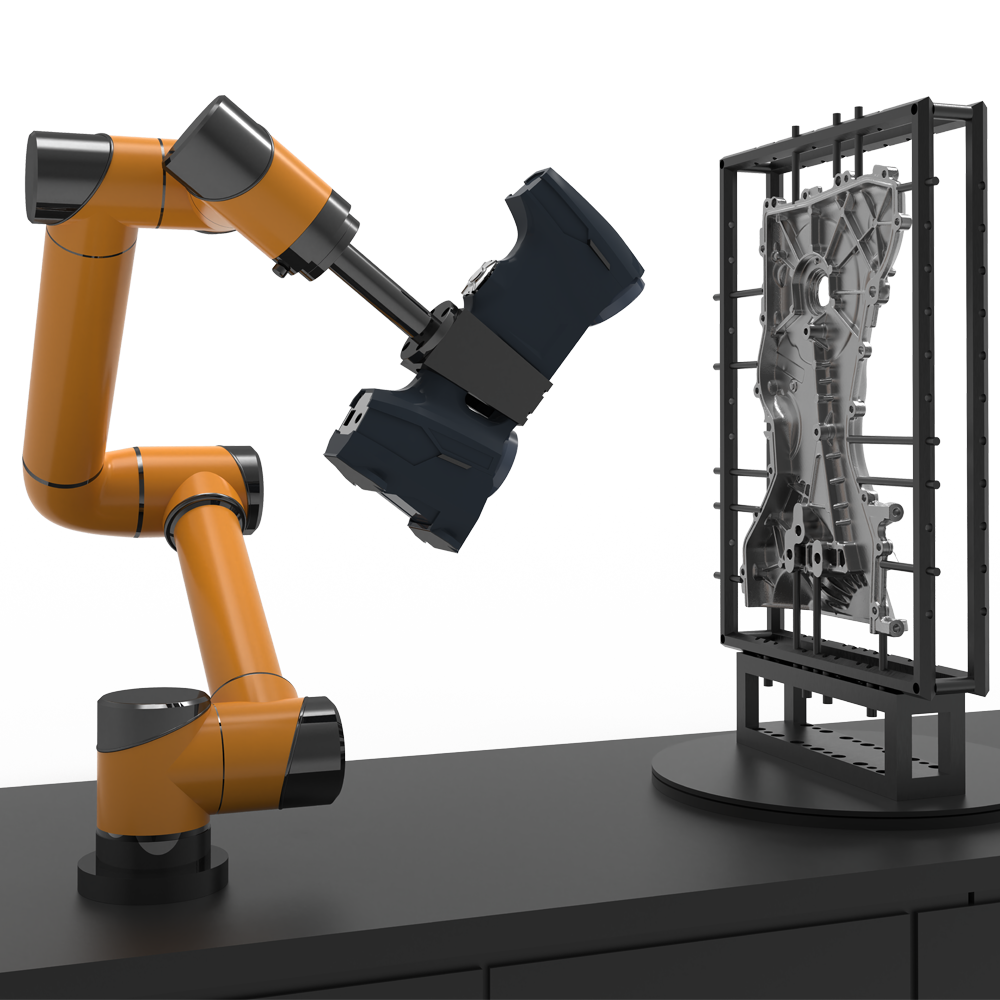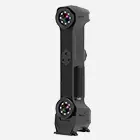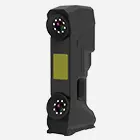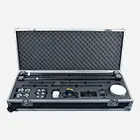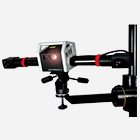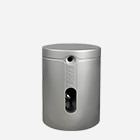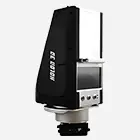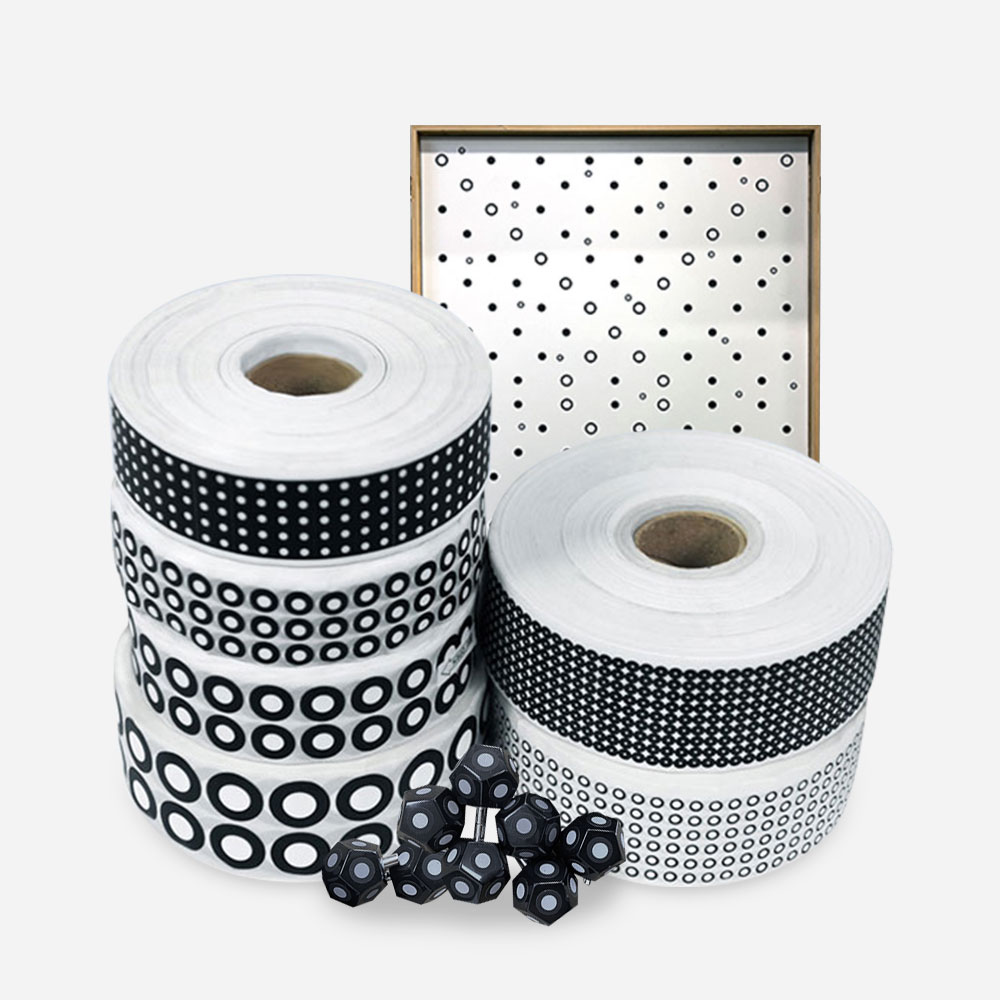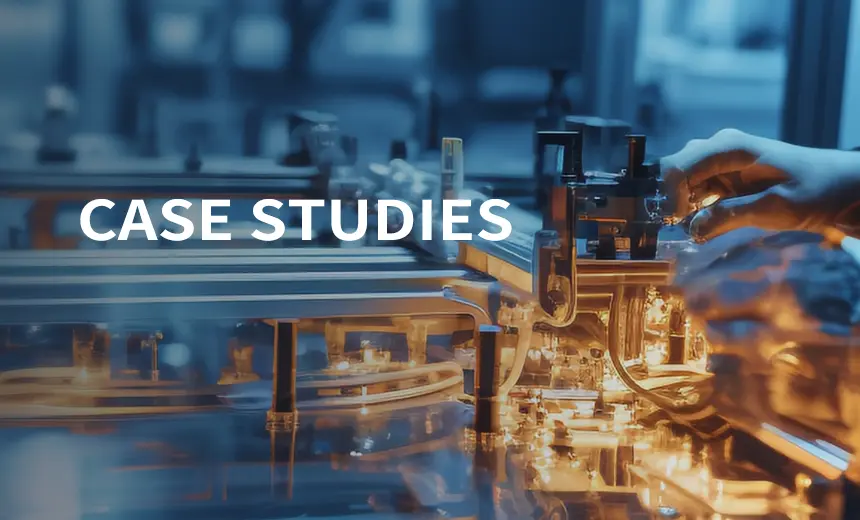- A +
- A
- A -
A certain high-speed train manufacturer hopes to improve the front-end parts of the high-speed trains they produce in order to improve the company's competitiveness. HOLON3D engineers used the handheld 3D scanner HL-3DH-3M to collect the 3D data of the front part of the train, and then processed it through post-processing software, successfully shortening the development process of new products.
1. The customer scans the front end of the train in the factory workshop, so he has high requirements for the portability and stability of the 3D scanning equipment.
2. The customer's original data collection method is manual measurement, which has low accuracy and slow speed.
3. The quality of the front end of the train directly affects the overall performance of the train, and the accuracy of the three-dimensional data obtained from the front end of the train is required to be high.
China is in a critical period of coordinating urban, rural and regional development. Railways, as important national infrastructure, national economic arteries and popular means of transportation, shoulder major responsibilities in coordinating urban, rural and regional development. Speeding up the construction of high-speed railways is an inevitable requirement. In order to improve the competitiveness of the company, a certain high-speed train manufacturer hopes to conduct a detailed analysis of the front-end features of the high-speed train such as hole position, contour, curvature, etc., and then improve the processing to enhance the company's competitiveness.
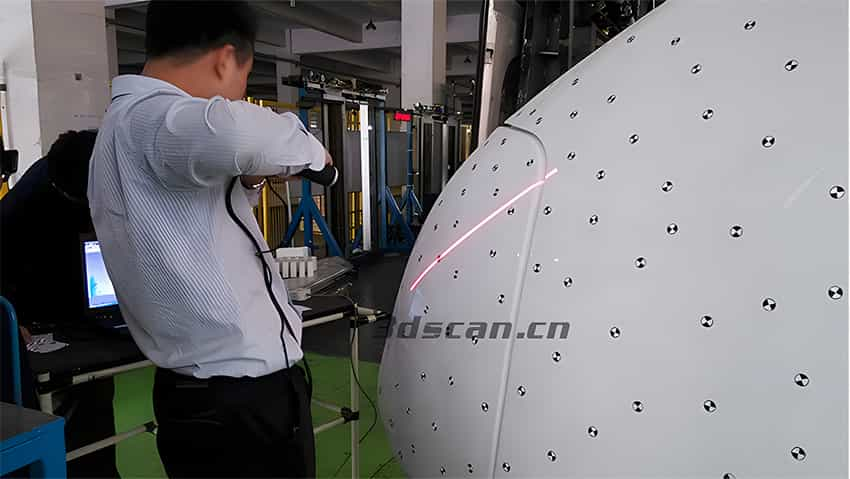
3D scanning site of the front end of the motor locomotive15:32:28
In response to the problems faced by customers, HOLON engineers proposed solutions using: Model 49 (obtaining three-dimensional data on the front end of the train) + reverse design software (converting point cloud data on the front end of the train into triangular mesh surface data) + design software for post-processing processing to speed up the secondary design of the front end of automobiles. Model 49 is a handheld 3D scanner with laser as the light source. It is simple to operate and easy to carry. The power interface is connected to a 12V/1A DC power supply. It is very suitable for small scanning environments or traveling on business.
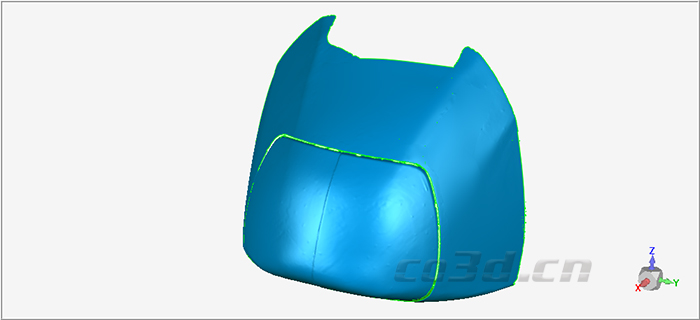
EMU front-end STL data
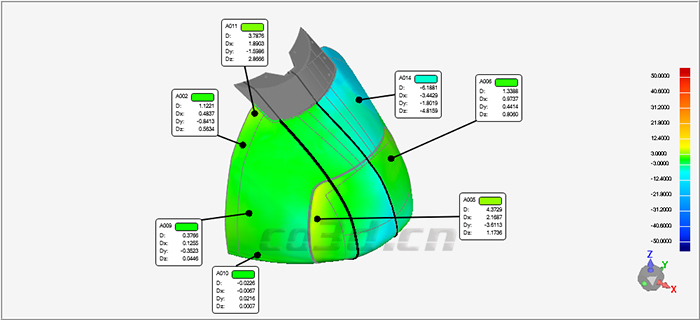
EMU front-end comparative analysis data
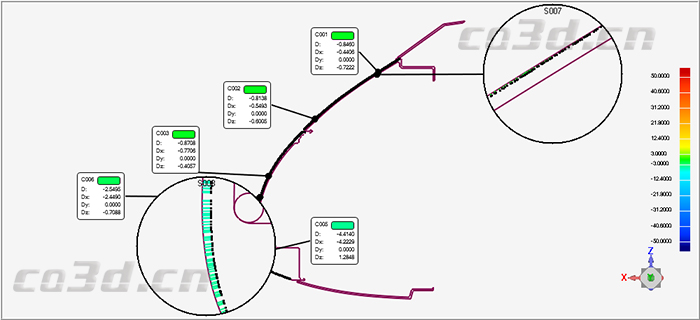
EMU front-end cleansing data
